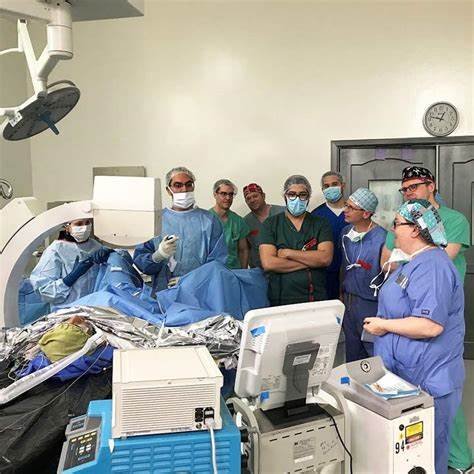Urology, a medical specialty focused on the urinary tract and male reproductive system, has undergone significant advancements over the decades. From early surgical techniques to modern robotics, the evolution of urology reflects remarkable progress in medical science and technology.
1. The Early Days of Urology
Historically, urology treatments were rudimentary and often painful. Ancient texts describe techniques for treating kidney stones, often involving crude surgical instruments. Advances during the Renaissance introduced more refined tools and techniques, but treatment remained invasive and risky.
2. The Advent of Modern Urology
Diagnostic Tools
The introduction of cystoscopy in the late 19th century allowed physicians to view the bladder and urinary tract directly, revolutionizing diagnosis. This innovation paved the way for more accurate detection and targeted treatments.
Antibiotics and Infection Control
The discovery of antibiotics in the 20th century transformed urology by providing effective treatments for urinary tract infections (UTIs) and prostatitis, reducing complications from infections.
Open Surgery Techniques
Developments in anesthesia and sterilization enabled safer open surgeries for conditions like bladder cancer, kidney stones, and prostate enlargement.
3. Breakthroughs in Minimally Invasive Techniques
Endoscopic Procedures
Endoscopic technology allowed for non-invasive procedures such as lithotripsy, which uses sound waves to break up kidney stones without surgery.
Laparoscopy
Laparoscopic surgery, introduced in the 1980s, marked a turning point in urology. This technique involves small incisions, leading to faster recovery times and fewer complications.
4. The Rise of Robotic Surgery
The da Vinci Surgical System brought robotics into urology, allowing for unprecedented precision in procedures such as prostatectomy and kidney surgery. Robotics has become a cornerstone of modern urology, providing improved outcomes and reduced recovery periods.
5. Advances in Imaging Technology
- Ultrasound: Used for real-time imaging of the urinary tract.
- MRI and CT Scans: Provide detailed views of the kidneys, bladder, and prostate, aiding in accurate diagnoses.
- Fusion Imaging: Combines MRI and ultrasound for targeted prostate biopsies, improving cancer detection.

6. Innovations in Prostate Cancer Treatment
- Focal Therapy: Techniques like high-intensity focused ultrasound (HIFU) and cryotherapy target cancer cells while sparing healthy tissue.
- Immunotherapy: Harnesses the body’s immune system to fight cancer.
- Advanced Radiation Therapy: Technologies like proton beam therapy provide highly targeted cancer treatment.
7. Personalized Medicine in Urology
Genomic and molecular research has enabled personalized treatment plans based on a patient’s genetic profile. This approach is particularly impactful in prostate and bladder cancer therapies.
8. The Role of Artificial Intelligence and Big Data
AI-powered tools analyze patient data to assist in diagnosis, treatment planning, and predicting outcomes. Big data enables better research and understanding of urological conditions.
9. Telemedicine in Urology
The rise of telehealth has made urological care more accessible, allowing for virtual consultations and follow-ups. Patients benefit from convenience and timely medical advice without needing in-person visits.
Conclusion
Urology continues to evolve, leveraging technological advancements to enhance patient care and outcomes. From minimally invasive surgeries to AI-driven diagnostics, the field exemplifies the integration of innovation and medicine. As research and technology advance, the future of urology holds even greater promise for improving the quality of life for patients worldwide.










